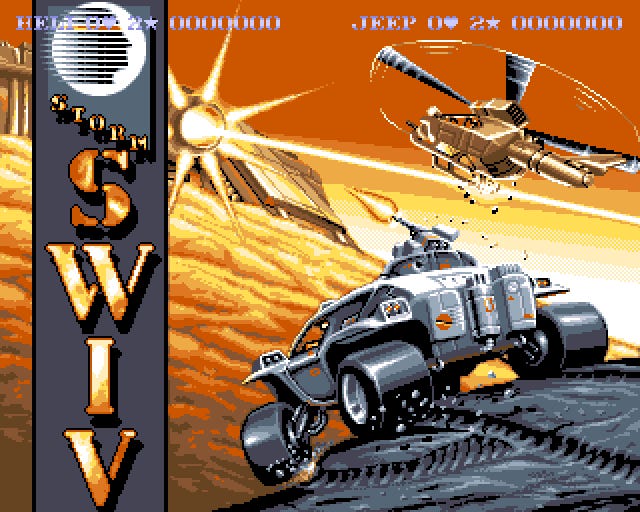The story of SWIV

One of the more curious licensing phenomenons of the 80s was the home-exclusive sequel to an arcade game. Manchester's Ocean Software specialised in the trick, creating follow-ups such as Target: Renegade and Yie-Ar Kung Fu 2. However, as the 90s dawned, a general tightening of licensing laws meant fewer home-exclusive sequels appeared. Instead, inspired by an official arcade conversion hit, one company stretched its remit to a spiritual sequel, creating one of the finest shoot-'em-ups of the era in the process.
Developer-publisher The Sales Curve was formed in 1988 by ex-Telecomsoft employee Jane Cavanagh. "Between '85 and '88, I frequently went to Japan on behalf of Telecomsoft, negotiating the sale of our titles in Japan and purchasing arcade game licences," she remembers. "Even though the industry was in quite an embryonic stage, through my travels to Japan, I became convinced that it would be huge." Cavanagh's belief in the games industry compelled her to leave Telecomsoft and start her own company, The Sales Curve, initially to help others with licence acquisition, product development and distribution. "Within the first year, however, we started developing our own titles and self-publishing."
One of Cavanagh's contacts was a coin-op producer named Tecmo. Tecmo had occupied the second rung of arcade game manufacturers before the popularity of side-scrolling shoot-'em-ups such as R-Type and Gradius thrust its 1988 game, Silkworm, into the limelight. As a result, Silkworm was top of Cavanagh's list of potential arcade games to license. "It was relatively easy as I already had a good relationship with Tecmo - I then just had to assemble the creative and management teams," she says. Under the banner of Random Access, The Sales Curve's team focused on the 16-bit games first.
Nguồn: Eurogamer